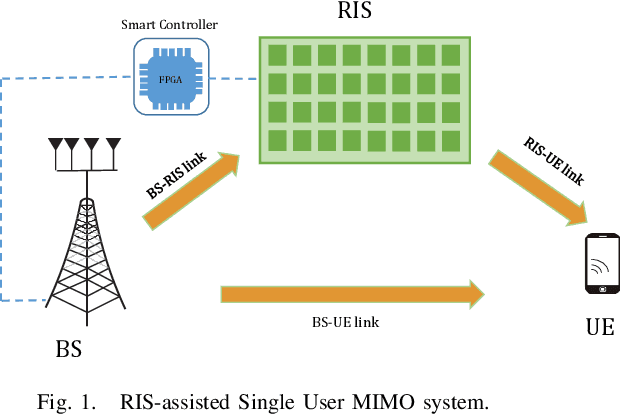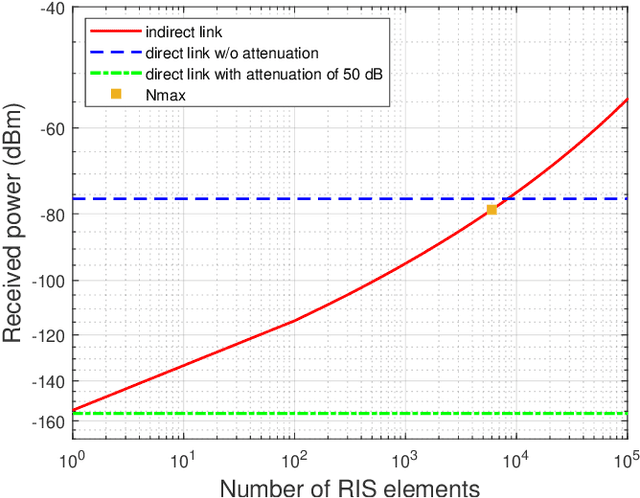Reconfigurable Intelligent Surface Assisted Railway Communications: A survey
Paper and Code
Jul 10, 2023

The number of train passengers and the demand for high data rates to handle new technologies such as video streaming and IoT technologies are continuously increasing. Therefore the exploration of millimeter waves (mmWave) band is a key technology to meet this demand. However, the high penetration loss makes mmWave very sensitive to blocking, limiting its coverage area. One promising, efficient, and low-cost solution is the reconfigurable intelligent surface (RIS). This paper reviews the state of the art of RIS for railway communications in the mmWave context. First, we present the different types of RIS and review some optimization algorithms used in the literature to find the RIS phase shift. Then, we review recent works on RIS in the railway domain and provide future directions.
 Add to Chrome
Add to Chrome Add to Firefox
Add to Firefox Add to Edge
Add to Edge